It’s been a long time since the new Subaru Forester was revealed, but now we’ve finally driven it Down Under. In New Zealand, that is.
Subaru Australia wanted to wait until the Forester’s hybrid variant was available before launching the new model locally, which means even though we’re getting the car a lot later than, for example, North America, Subaru is launching a car that could properly rival the Toyota RAV4.
Subaru calls its new hybrid system ‘Strong Hybrid’, which basically means it’s not the same disappointing mild-hybrid the brand has incorporated into other models in the range.
While Subaru strives to stay faithful to its customer niche of people who need practicality and capability more than refinement, has the cult car brand finally delivered a vehicle that feels like it belongs in the 2020s?
Subaru Forester 2026: 2.5I (awd)
| Engine Type | Flat 4, 2.5L |
|---|---|
| Fuel Type | |
| Fuel Efficiency | 7.9L/100km (combined) |
| Seating | 5 |
| Price From | $43,490 |
| Safety Rating |
|
Price and features – Does it represent good value for the price? What features does it come with?
7 / 10
Pricing for the petrol-only Subaru Forester kicks off from $43,490, before on-road costs, putting it north of entry-level variants from rivals like the Mazda CX-5 and Toyota RAV4. It's even a little more expensive than its rivals' cheapest all-wheel drive variants.
The most affordable Nissan X-Trail AWD is $41,065 and the Mitsubishi Outlander AWD is $42,490. Even the cheapest Mazda CX-5, which isn’t an entry trim level, is $42,960.
But what the new Subie has going for it is that even from the base variant it's well-equipped. New 18-inch wheels, auto LED headlights with self-leveling, cornering lamps, roof rails and a front windscreen de-icer make the Forester AWD (its entry variant’s name) ready for a bit of adventuring.
.jpg)
Inside there are cloth seats and it’s got fairly standard trim, but things like dual-zone climate control, heated front seats and electric folding rear seats are all great for comfort and convenience. And a wireless phone charger and big 11.6-inch multimedia touchscreen (with wireless Android Auto and Apple CarPlay) make for an up-to-date list of features for a car in 2025.
There’s also plenty of tech in terms of running gear and safety, which I’ll get to later in the review.
The Forester AWD Hybrid has pretty much the same features, as well as paddles behind the steering wheel to adjust regenerative braking and costs $46,490.
Stepping up a grade, the $46,490 Forester AWD Premium (this grade isn’t available as a hybrid) adds auto-dipping and folding door mirrors and auto door-mirror adjustment to the driver monitoring system, plus there’s a sensor for a hands-free tailgate as well as electrically-adjustable front seats and sat-nav.
The Forester AWD Sport comes in at $48,490, or in AWD Hybrid Sport guise for $54,990, and adds a sunroof, water-repellent seat trim, a digital driver display, green stitching for the steering wheel and a dark metallic set of 18-inch wheels.
Finally, the top-spec AWD Touring costs $50,990 in petrol and $55,990 as a hybrid, with low-profile roof rails, leather-accented seats, a leather gearshifter, ventilated front seats and a 10-speaker Harman Kardon sound system with subwoofer and amplifier.
Design – Is there anything interesting about its design?
6 / 10
The new Forester is a slight departure from the characterful previous generation, and to this writer’s eye that’s to its detriment. It’s not unpleasant to look at, but it doesn’t look so much like a Forester anymore.
I wouldn’t be the first to say it looks like it had at least one pass through the North American Ford design centre, but even putting that aside, the rounded front is a less interesting design treatment than we’re used to seeing from Subaru.
Its side profile shows off its boxy, practical nature, however, and from the rear it looks much more Subaru-like than from the front.
In Sport guise, particularly, the Forester’s bronze trim and wheels are a decent give-away that the brand was going for a more premium look.
Inside, the Forester doesn’t look enormously different from the last generation, especially when it comes to buttons, shifters, and the big vertical 11.6-inch touchscreen, the latter right out of other Subaru models that have been around a while.
But perhaps that was deliberate, because some of the new Forester’s best features are those that follow the notion of ‘if it ain’t broke, don’t fix it’.

Practicality – How practical is its space and tech inside?
9 / 10
Perhaps the best selling point for the new Forester is that it hasn’t changed a whole lot inside. It’s spacious for its class and has physical buttons for a lot of things, while making sure the key controls like climate are always accessible on the touchscreen without needing to navigate through menus.
The steering wheel and gearshift look familiar and the general layout of the Forester seems to follow the brand’s established pattern of convenience over anything that could be annoying or complicated.
The software on the big screen is the same as any recent Subaru SUV with big buttons and a simple menu structure that means you rarely get lost. It’s not cutting-edge, but it works, much like a lot of the elements of this car.
The seats are comfortable and the seating position and steering wheel adjustment work well regardless of grade.
One element of the interior that works particularly well is visibility. Subaru made the headrest a little narrower to assist with shoulder checks and make looking over to the back seat easier. The result is a clear view, not only of the interior but also through those annoying side angles your wing mirrors might miss.
The back seat is also plenty spacious, with ample knee, foot and hip room in the second row’s outboard seats. Head and shoulder space is also fab. There’s little risk of feeling cramped in the back, even for a proper adult, especially if there’s a sunroof for that extra light.
.jpg)
Behind the second row, there’s 496 litres of boot space in non-hybrids, and 484L in hybrid variants, plus a switch in the boot to drop the second row from the tailgate.
That allows for 1174L and 1162L in petrol and hybrid models, respectively, though a big downside for the hybrid models is the lack of spare wheel, just a repair kit.
No spare tyre in a car you expect to be able to take off-road isn’t good enough, and it’s the key reason the Forester doesn’t score a full 10 for interior practicality. A shame, because the rest of the cabin is built for ease.
Under the bonnet – What are the key stats for its engine and transmission?
8 / 10
Both Forester drivetrains use the brand’s existing all-wheel drive tech and a continuously-variable transmission, but the hybrid does something Subaru is keen to point out its rivals’ don’t.
The petrol version is powered by a (136kW/247Nm) 2.5-litre naturally aspirated flat-four ‘boxer’ engine that's largely unchanged.
The hybrid consists of the same type of engine with different valve controls and lower outputs of 121kW/212Nm.
The key part is it’s assisted by a 90kW electric motor that, rather than being mounted to the rear axle and engaging when traction is needed, is placed before the transmission and sends electric power to all four wheels. Total outputs for the Hybrid variants are 145kW and 276Nm.
.jpg)
Efficiency – What is its fuel consumption? What is its driving range?
6 / 10
Subaru claims the Forester drinks 7.9L of petrol (minimum 91 RON) per 100km or 6.2L/100km in hybrid guise.
The latter's a bit of a let-down given Toyota’s RAV4 hybrid in AWD guise comes with a 4.8L/100km claim and that system's been around for ages.
Both Foresters have a 63-litre fuel tank, so could theoretically travel a maximum 797km (petrol) or 1016km (hybrid).
Don’t expect to manage that in real-world driving, though. The trip computer reading for the last car I drove on test (a hybrid) was 7.8L/100km after a mix of highway and off-road running.
.jpg)
Driving – What's it like to drive?
8 / 10
On paper, the new Forester hasn’t changed to a great degree. With that engine and the late-ish introduction of a proper hybrid system, you might expect the Forester to be undercooked.
Sure, Subaru is playing catch-up and it would be a fair to say adding a hybrid grade to its mid-size SUV in 2025 puts it behind the curve, but Subaru is leaning into its niche.
Subaru’s very happy about being able to claim the Forester is the only hybrid mid-size SUV on sale where the one hybrid motor drives all four wheels mechanically thanks to its 'symmetrical' all-wheel drive system. Then there’s the "class-leading" 220mm of ground clearance.
But as well as being capable off the road, the Forester needs to be a decent day-to-day companion. Fortunately, it’s both.
.jpg)
The new Forester’s road manners are a surprising step-up over the previous generation’s, which felt soft and agricultural at times.
Subaru touted the new car's incremental improvements, but behind the wheel it feels like they add up to a far superior experience. The Forester is still a little noisy - mainly wind and road noise - but many of the elements that were once a let-down are much more refined.
The CVT doesn't complain so much when called upon to pick up the pace, and the steering feels much sharper. The former could be down to a huge increase in sound-shielding, the latter likely due to Subaru’s use of the dual-pinion steering system borrowed from the WRX.
Subaru says it “reduces mechanical resistance and eliminates unwanted feedback from the [power steering] motor”. It seems to have done exactly that.
Perhaps most noticeable is the suspension, which feels more tied-down and stable than before, without sharpening up too much and becoming uncomfortable. Subaru says revised spring rates, better under-body aero and a more rigid chassis all contribute.
The hybrid and petrol have different suspension set-ups, the latter feeling softer in terms of damper response but still far more confidence-inspiring than the previous-gen Forester.
It all comes together to create a driving experience that’s easy and comfortable at traffic speeds and fun and engaging at high speeds on, for example, the smooth winding back-roads of New Zealand’s South Island.
The problem for Subaru is that despite having introduced a new hybrid system, the petrol-only Forester is just as good from behind the wheel. The advantages the hybrid brings in terms of efficiency will be a draw for some, but in terms of driving dynamics the extra power and torque on offer is probably not worth the extra outlay.
.jpg)
Then there’s the lack of a spare wheel… which should be a requirement when you’re off sealed roads. The gravel and mud of the Canterbury region didn’t faze the Forester, though, and we put the mid-size SUV through its paces harder than most owners realistically would.
Deep mud ruts, creek crossings and jagged rocky trails were all traversed easily and comfortably, especially considering the standard road tyres fitted.
None of the test cars were stuck due to either negligent road testers or lack of mechanical ability on the Subaru’s part, though two cars on test did succumb to an excess of water in the engine bay and went into a safety shut-down mode once we arrived back at the end of the off-road trail.
We asked Subaru for an explanation and we were told it’s a feature that saves components like the cooling fan from water damage.
“Two vehicles experienced this due to the nose being submerged from entering the water crossing at the incorrect speed and/or entry line… if water enters the engine bay at a sufficient level, a protective fuse is designed to engage to safeguard the radiator fan motor.
“This system functioned exactly as designed. Despite this, the vehicle continued to perform as intended, enabling the driver to complete the off-road course and return safely to the Homestead.
“After cycling the ignition, a warning light alerted the driver, and the engine shut down automatically to prevent any potential damage. This sequence is outlined in the Owner’s Manual. This is a built-in protection protocol and not a fault.”
A replacement fuse meant one of the vehicles “resumed full operation,” a Subaru spokesperson added.
Warranty & Safety Rating
Safety – What safety equipment is fitted? What is its safety rating?
8 / 10
A maximum five-star ANCAP rating and nine airbags (dual front, dual front side, dual curtain, driver’s knee, far side and front passenger seat cushion) should all mean peace-of mind in case of the worst, but Subaru also has a long list of safety features to avoid that being necessary.
The brand’s 'EyeSight' safety suite features adaptive cruise, emergency lane-keep and centering with departure warnings, pre-collision braking and auto emergency steering, brake light recognition as well as speed and sign recognition, plus there’s a driver monitoring system and a series of radar and cameras that allow for a surround-view of the car.
The Forester also has a feature Subaru is very proud of, which detects a lack of response from the driver via inputs, and gradually tries to wake or alert the driver through sounds and gentle jolts via braking before eventually coming to a safe stop and unlocking the doors to allow assistance.
To Subaru’s credit, this all features on every variant.
.jpg)
Ownership – What warranty is offered? What are its service intervals? What are its running costs?
7 / 10
Subaru‘s five-year, unlimited kilometre warranty is behind the curve for mainstream brands with many offering between seven and 10 years, but its eight-year/160,000 kilometre hybrid high-voltage battery warranty is par for the course.
Servicing intervals are every 15,000km or 12 months, with servicing pricing locked in for the first 75,000km or 60 months of ownership. Total cost over this time is $2299 for either drivetrain, with the cheapest service being $347.95 and the most expensive $679.30 (at 60,000km or 48 months).
Subaru also offers 12-months complimentary roadside assistance.
Verdict
To many people, this review won’t matter. There’s a large part of Subaru’s customer base that come back knowing they’ll get a practical, capable car regardless of refinement - something the brand’s rivals can’t quite match.
But even those people will be pleased to find the new Forester is a huge step-up over the last one in many areas. Sure, it’s a little late for Subaru to be joining the hybrid game in 2025, but it’s not the only brand from Japan that’s been slow on that front, and the brand’s philosophy hasn’t always been focused on efficiency anyway.
In a vacuum, the new Forester is a great adventure companion, but anyone considering a mid-size family SUV and not requiring the AWD and clearance the Forester has on offer could do better elsewhere.
For anyone else, there’s still only one option that really ticks all the boxes - and now it’s much better than before.
Just get the petrol if you’re going anywhere that could damage a tyre.





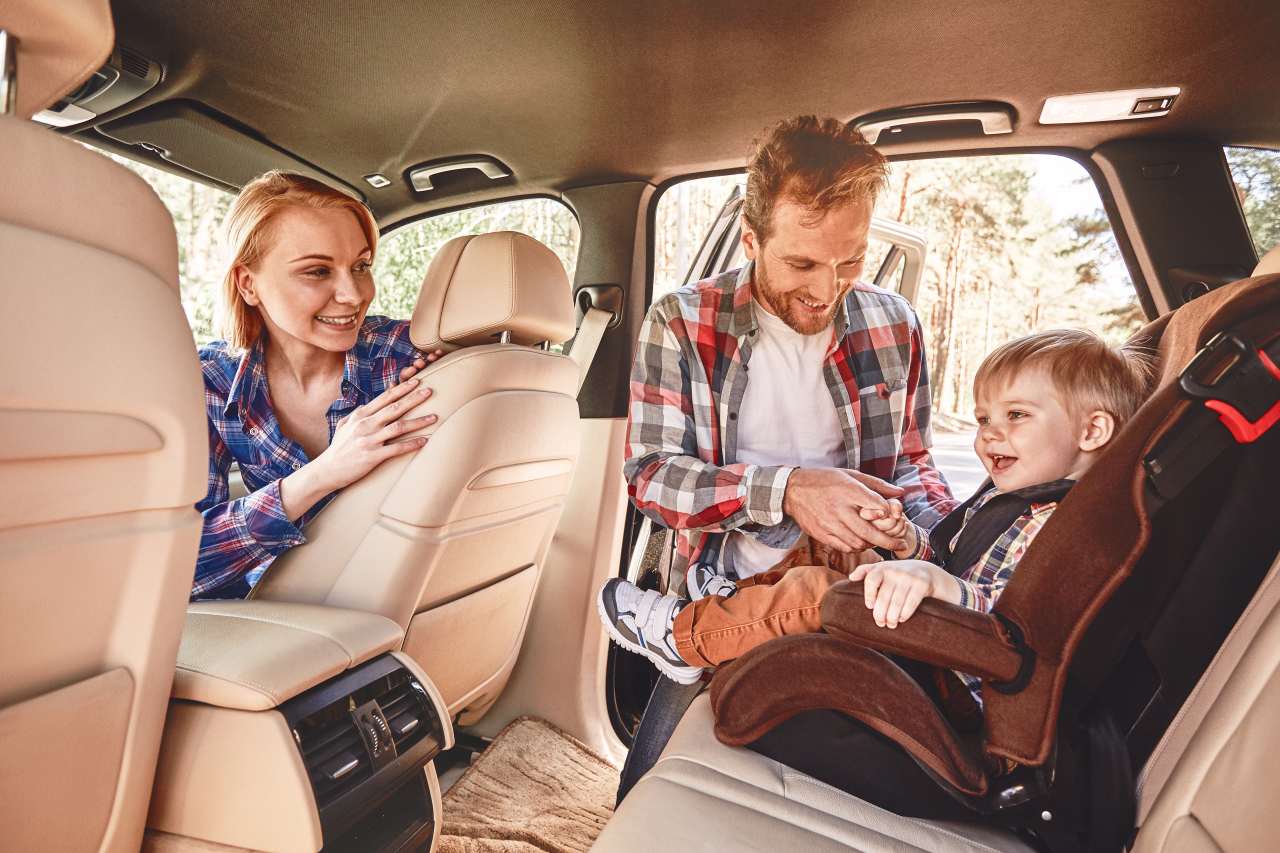
.jpg)
.jpg)
.jpg)
.jpg)
.jpg)
.jpg)
.jpg)
.jpg)
.jpg)
.jpg)
.jpg)
.jpg)
.jpg)
.jpg)
.jpg)
.jpg)
.jpg)
.jpg)
.jpg)
.jpg)
.jpg)
.jpg)
.jpg)
.jpg)

.jpg)
.jpg)
.jpg)
.jpg)
.jpg)

.jpg)
.jpg)
.jpg)
.jpg)
.jpg)
.jpg)
.jpg)
.jpg)
.jpg)
.jpg)
.jpg)
.jpg)
.jpg)
.jpg)
.jpg)
.jpg)
.jpg)
.jpg)
.jpg)
.jpg)
.jpg)
.jpg)
.jpg)
.jpg)
.jpg)
.jpg)
.jpg)
.jpg)



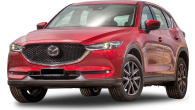





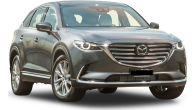
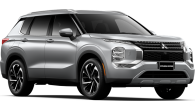



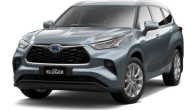



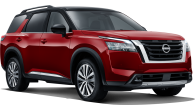

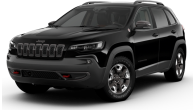





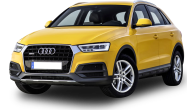
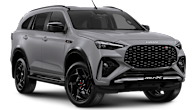



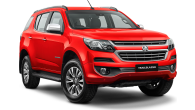






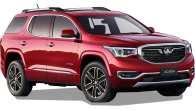
.png)

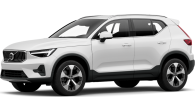


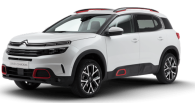



.png)


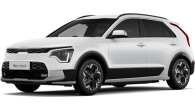

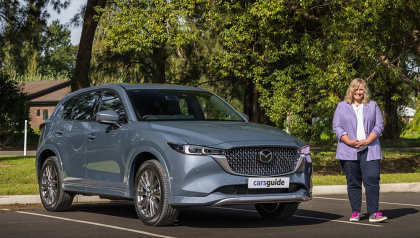
.jpg)



